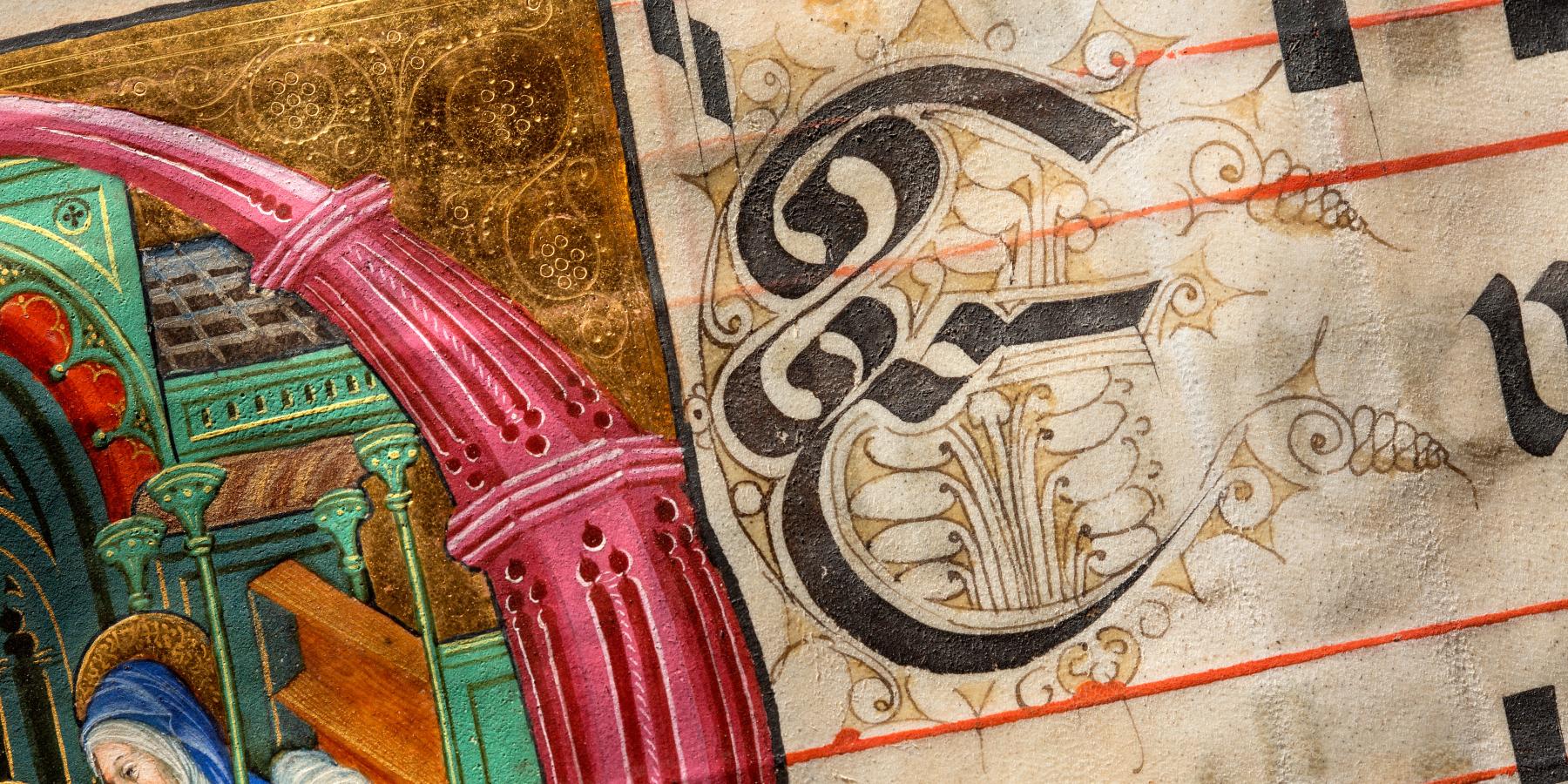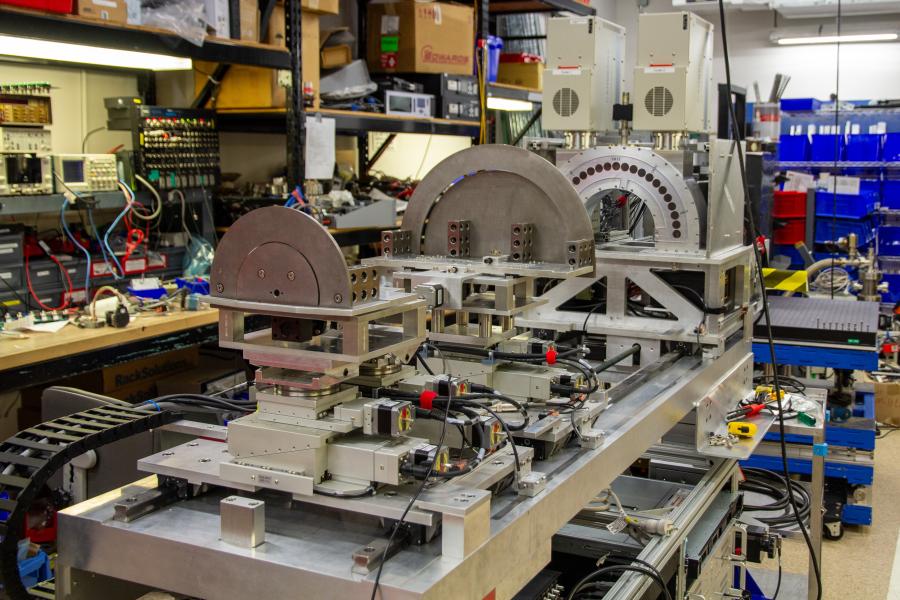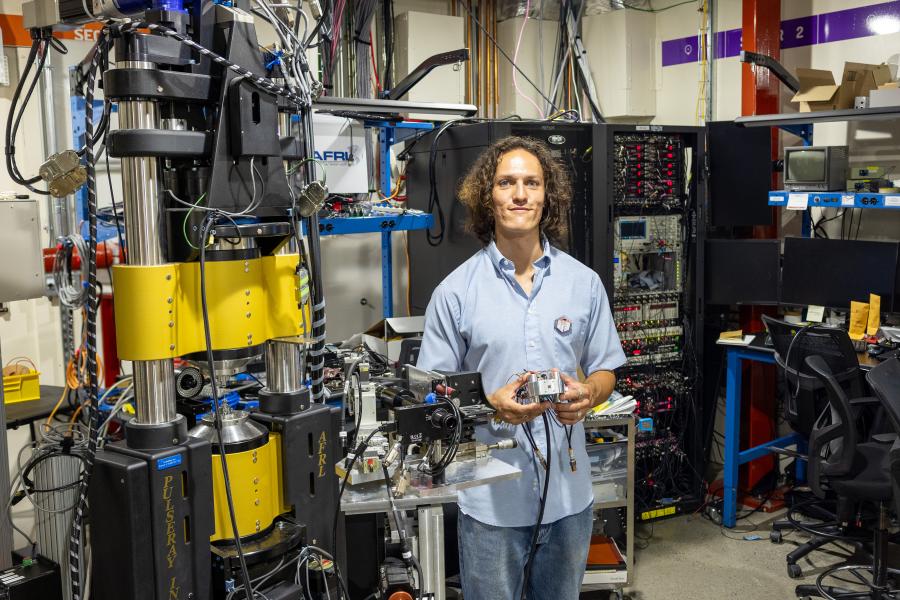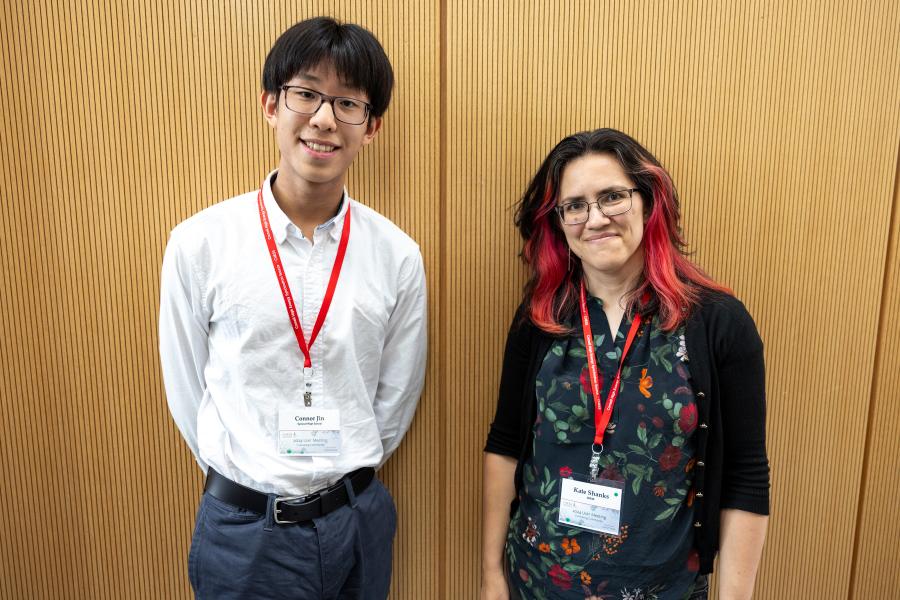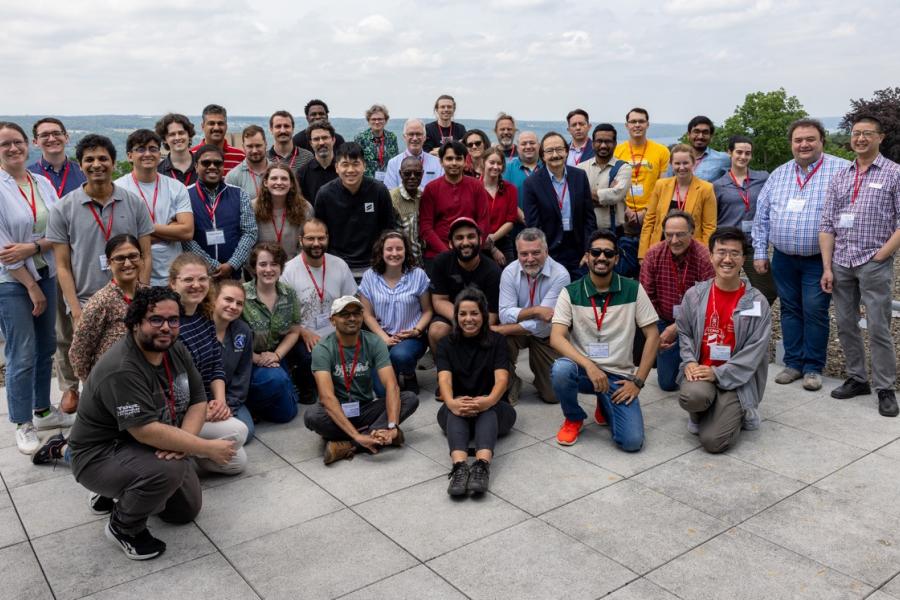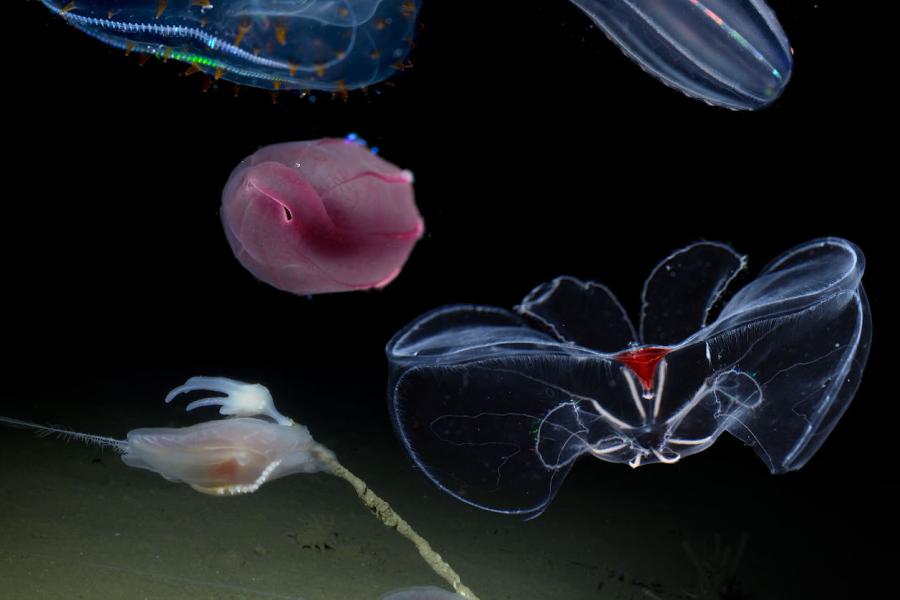Sidebar Menu (View Pages)
- Status
- ⌃ Science
- ⌃ Users
- ⌃ Facilities
- ⌃ Public
- Industry
- ⌃ About
Tags
Featured

CHESS User receives Early Career Award from NSF
Philip Milner, CHESS user and assistant professor of Chemical & Chemical Biology at Cornell University, has received the National Science Foundation Faculty Early Career Development Award. This award supports early-career faculty “who have the potential to serve as academic role models in research and education and to lead advances in the mission of their department or organization,” according to the NSF website.
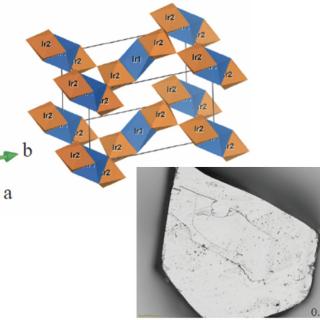
Structural and magnetic transitions in the planar antiferromagnet Ba4Ir3O10
New research based at the QM2 beamline reports detailed investigations of low temperature charge and magnetic superstructures in Ba4Ir3O10. Contrary to previous reports, the researchers discover a series of phase transitions to different long-range ordered states, without evidence of the proposed liquid-like magnetic correlations.
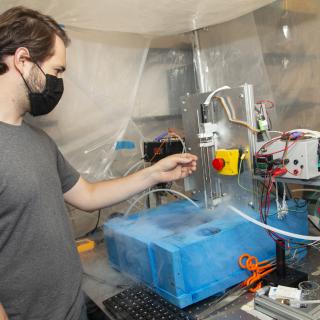
Freeze! Researchers develop new protein crystallography tool
Combining state-of-the-art X-ray technology and cryogenics, Cornell physics researchers have developed a new method for analyzing proteins in action, a breakthrough that will enable the study of far more proteins than is possible with current methods.
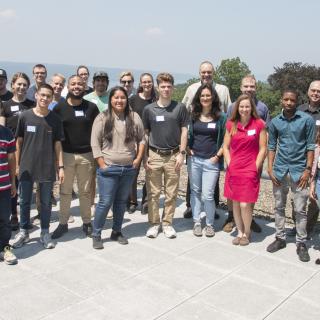
Summer Students: Live and In-Person
CHESS Summer students came together last month for their first - and only - in-person meeting of the summer. The group of students have been working remotely with their mentors since the start of the program on June 6th due to Covid-safety precautions.
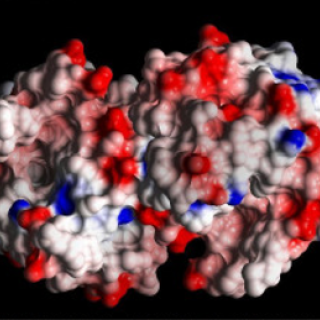
Progress in high-pressure crystallography at ID7B2 furthers the mission of HP-Bio
Recent developments at station ID7B2, jointly operated by MacCHESS and the HP-Bio project of CHEXS, demonstrate the use of high-pressure crystallography to examine the response of macromolecules to changes in pressure.
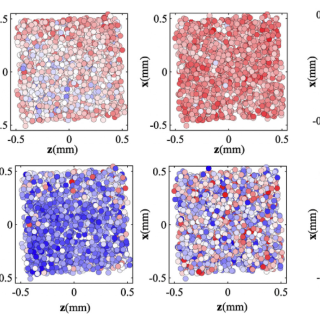
Grain-scale deformation of a high entropy alloy using synchrotron high energy diffraction microscopy
New research that exploited the unique strengths of the FAST beamline produced some of the first measurements of individual grain deformation in high entropy alloys. This data can help form accurate predictions of damage and failure processes in these emerging materials, critical for understanding their performance in real-world applications.
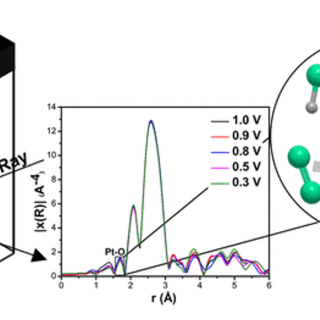
In situ spectroscopy as a probe of electrocatalyst performance
Hydrogen fuel cells generally require expensive and scarce platinum catalysts in order to function. Researchers have created highly reactive platinum-nickel nanowires with the potential to reduce the amount of platinum required in fuel cells. Research at PIPOXS examines the atomic-level mechanisms of this catalyst, forming a foundation for the development and commercialization of more efficient fuel cell technology.
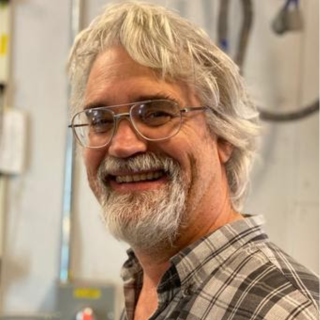
ACA honors staff scientist Richard Gillilan
Richard Gillilan, a MacCHESS/CHEXS staff scientist, has been named a member of the 2021 class of Fellows of the American Crystallographic Association (ACA), in recognition of his many career achievements.
